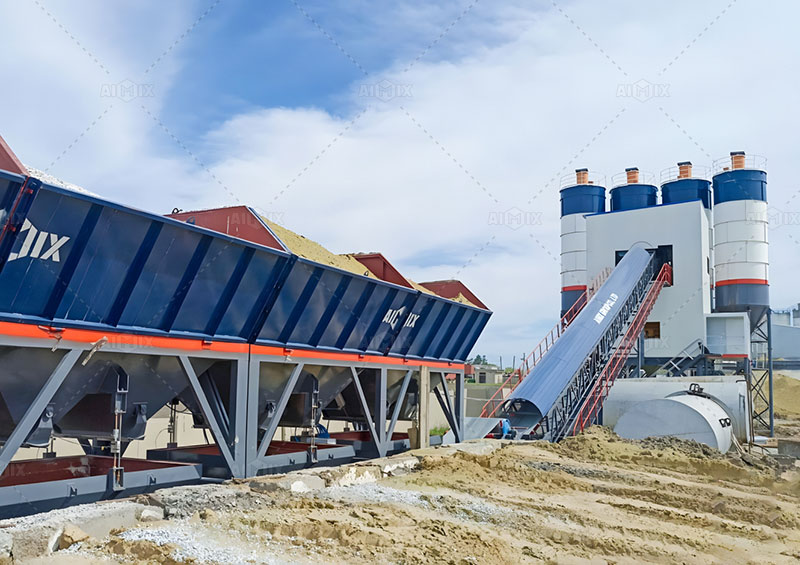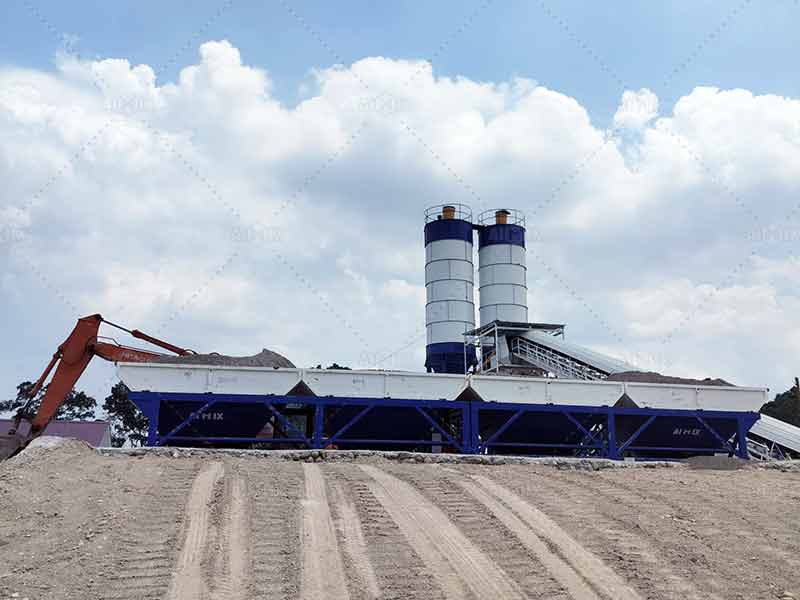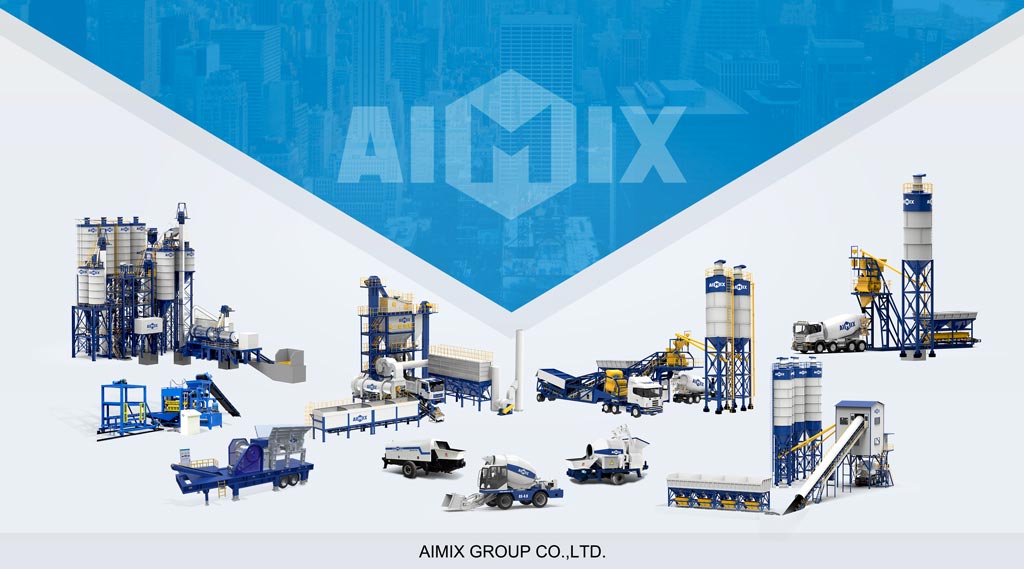The precast concrete industry relies on efficiency, precision, and consistency. Every structure, from bridge segments to architectural panels, must meet rigorous specifications to ensure durability and structural integrity. At the heart of this process lies the concrete batching plant, an indispensable component that dictates the quality of the final product. By carefully managing raw materials, ensuring precise mix formulations, and facilitating seamless production, batching plants for sale serve as the backbone of modern precast operations.
The Foundation: Managing Raw Materials for Optimal Quality
Sourcing and Storage of Key Components
The quality of precast concrete begins with its fundamental components: cement, aggregates, water, and admixtures. Each element must be sourced with strict quality control measures to maintain consistency. High-grade cement ensures optimal binding properties, while carefully graded aggregates influence the mix’s strength and workability. Additionally, moisture-controlled storage systems prevent fluctuations in material properties, ensuring uniformity in every batch.

Precision in Proportioning and Mixing
Batching plants eliminate variability by automating material proportioning. Weigh batching systems precisely measure each ingredient, minimizing deviations that could compromise structural integrity. Advanced mixing technologies, including twin-shaft mixers and planetary mixers, guarantee a homogeneous blend with optimal particle distribution. This meticulous process ensures that every batch maintains the same quality, reducing the risk of defects in precast elements.
Ensuring Efficiency in the Precast Production Process
Seamless Integration with Molds and Casting
Once the concrete mix is prepared, it must be efficiently delivered to molds without segregation or setting delays. Modern ready mix batching plant integrate with automated concrete distribution systems, allowing controlled discharge directly into formworks. This streamlined approach minimizes waste, optimizes workflow, and enhances the uniformity of finished products.
Curing and Strength Development
The curing phase determines the final strength and durability of precast components. Batching plants support this stage by ensuring that precisely formulated concrete reaches the molds, promoting optimal hydration. Some facilities incorporate steam curing chambers to accelerate strength gain, enabling faster turnover in production cycles. A well-calibrated batching system directly contributes to meeting project deadlines without compromising quality.

The Long-Term Impact of a High-Performance Batching Plant
Quality Assurance and Consistency
One of the greatest advantages of a dedicated batching plant is its role in quality assurance. Automated monitoring systems track real-time data on water-cement ratios, aggregate gradation, and mixing times. This data-driven approach ensures that every precast element meets stringent industry standards, reducing rework and material waste.
Economic and Environmental Benefits
Investing in an advanced batching plant translates to long-term savings. Precise mix control reduces excess material usage, lowering production costs. Additionally, modern plants incorporate recycling systems for wash water and leftover concrete, contributing to sustainable manufacturing practices. By optimizing raw material utilization and minimizing emissions, these portable concrete plants for sale align with the growing demand for eco-conscious construction solutions.
Concrete batching plants are more than just equipment; they are the linchpins of precast production. From raw material management to final quality assurance, these facilities dictate the efficiency, consistency, and sustainability of the industry. As demand for high-performance precast structures continues to rise, investing in state-of-the-art batching technology remains a critical factor in meeting modern construction challenges.


Comments
No comments yet. Be the first to react!